From the "transformation" of Maldives...
The Maldives is an island nation in the Indian Ocean, with an area of less than 300 km 2 . Before Covid-19, this island nation welcomed nearly 2 million visitors each year, including many world celebrities. More than 100 luxury resorts have been built on more than 1,200 large and small coral islands, along with countless services to satisfy the needs of all "travel enthusiasts".
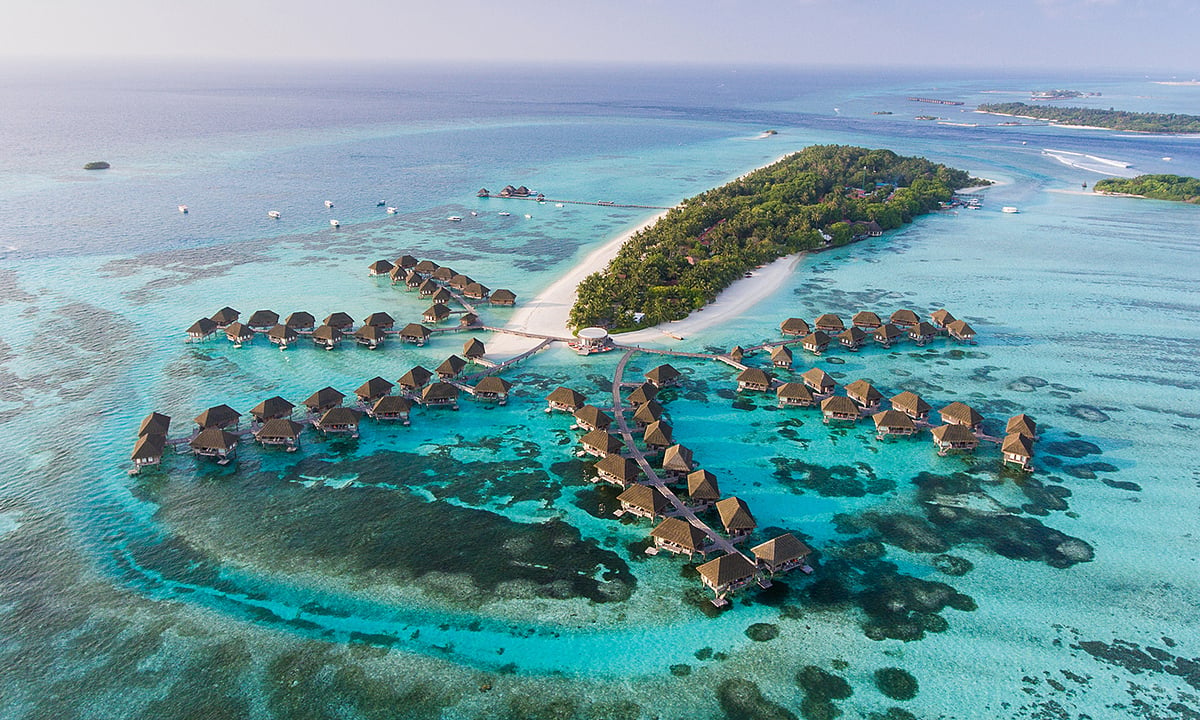
Maldives attracts tourists not only by nature but also by wonderful tourism and resort products.
According to data from Michigan State University (USA), tourism contributes up to 28% of the total GDP of Maldives. This is also the country with the highest tourism contribution to the economy in the world. However, few people know that it was not until 1972 that Maldives had its first resort, and the most famous resort island in the world at that time still had no pier, tourists had to wade through waist-high water to get to shore.
With no banks, no airports, no telephones, and only radio or Morse code for communication, experts from the United Nations Development Program (UNDP) also said that Maldives cannot develop tourism because of poor infrastructure and facilities.
At that time, the first day visitors were not allowed to join kayaking sessions or take a speedboat to another island to have dinner under the starry sky. All experiences were limited to… fishing and sunbathing.
However, the products, experiences, luxurious and classy resorts, even underwater restaurants… have transformed Maldives from a deserted island nation into an island that every tourist in the world dreams of touching at least once.
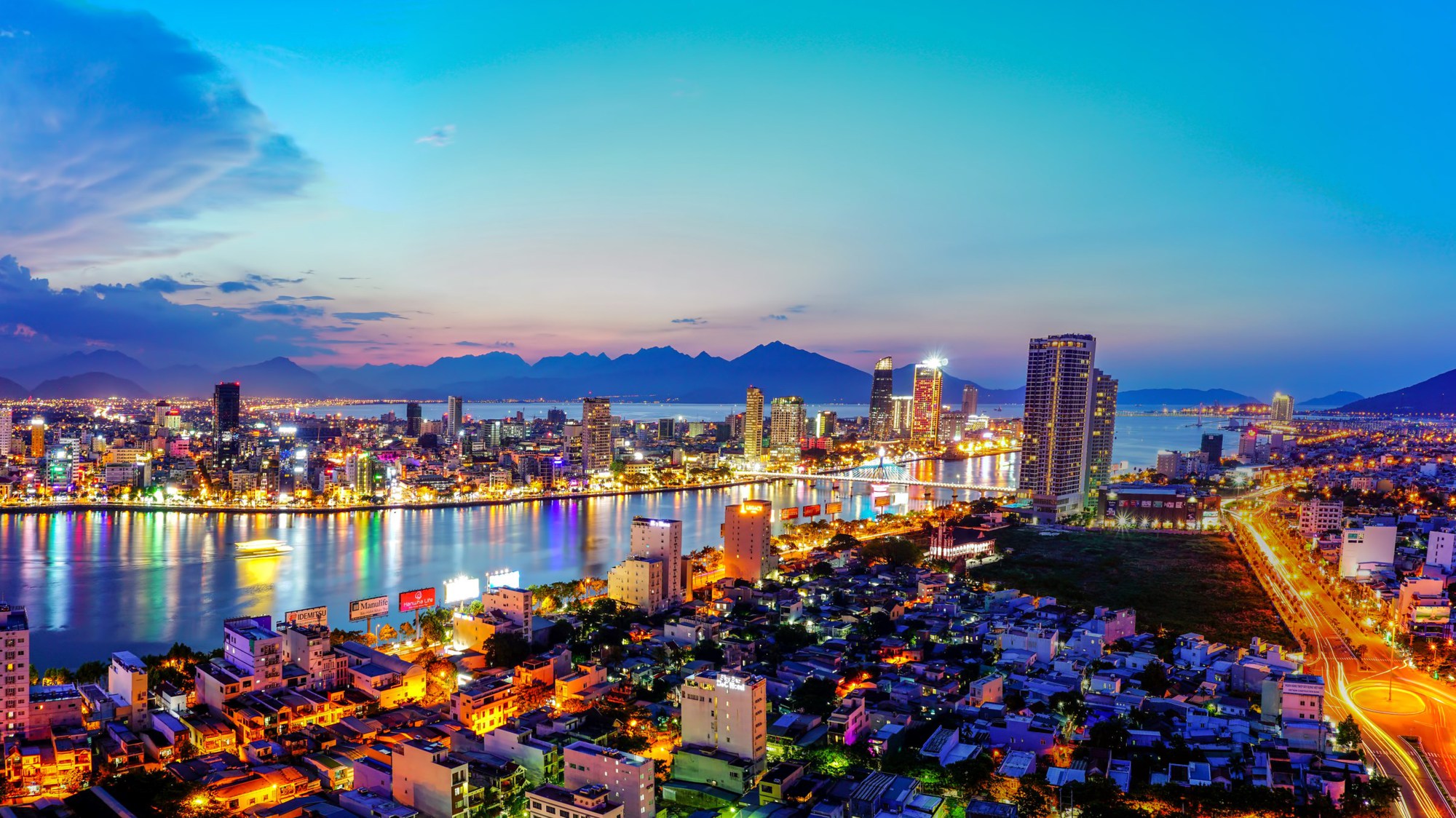
Da Nang grows strongly thanks to focusing on tourism development
...to the "story" of Da Nang
Similar to Maldives, looking at the development of tourism in Da Nang today, few people can imagine that more than ten years ago, Da Nang was just a transit point for tourists on their journey to explore two Central heritages: Hue and Hoi An - Quang Nam.
The city with its beautiful beaches, many historical sites and famous delicious dishes is not enough to keep visitors staying long and coming back many times. In the early 2000s, Da Nang tourism only welcomed less than half a million visitors. Until the city shifted its investment direction to tourism, inviting large investors to create new products, it seemed that another Da Nang appeared on the Han River.
One after another, world-class tourism projects and products have been created. Sun Group has brought to this city Sun World Ba Na Hills - the world's leading theme park; a "collection" of high-class accommodation facilities such as InterContinental Danang Sun Peninsula Resort, Premier Village Danang Resort, Novotel Danang Premier Han River Hotel, Mercure Danang French Village Bana Hills Hotel... along with Asia Park - Asia Park, Ba Na Hills Golf Club. Other investors have also added to Da Nang a system of luxury resorts and other entertainment facilities.
From a "poor fishing village" on the Han River, Da Nang has become a leading tourist destination rich in experiences in the Central region.
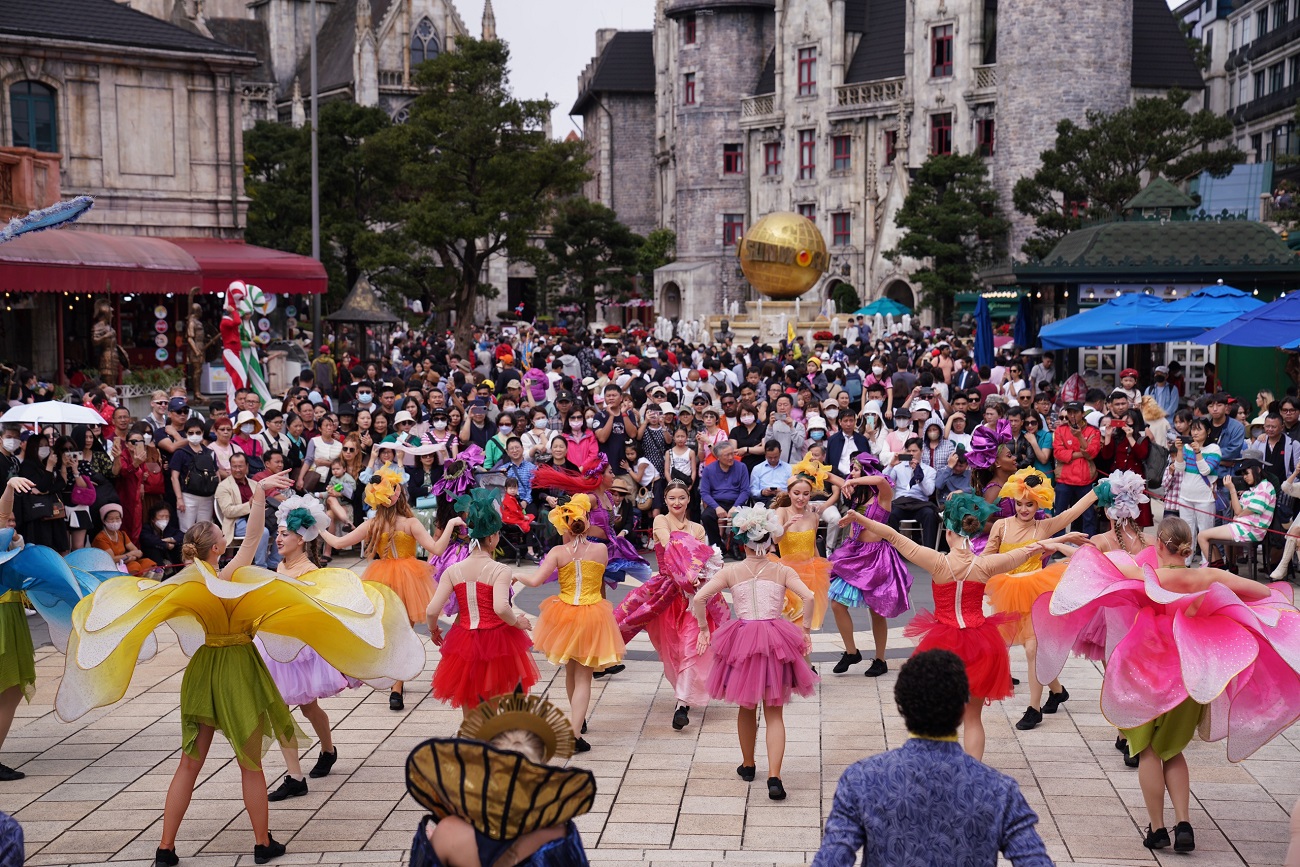
A series of attractive tourism products help Da Nang attract tourists. In the photo: Spring Festival show on Ba Na peak
According to the Da Nang Department of Tourism, in the period 2013 - 2019, the average length of stay growth rate reached over 5%/year. In 2019, the average length of stay of tourists was 2.68 days (international visitors 2.9 days, domestic visitors 2.35 days). The average growth rate of tourists reached nearly 18%. This is a dream rate for many destinations.
The city also constantly adds new, iconic tourism products to attract visitors to check in, including the Golden Bridge on top of Ba Na, the Carp transforming into a Dragon statue, APEC Park or the Dragon Bridge that sprays water and fire every weekend. It is not an exaggeration to say that Da Nang is one of the destinations with the most diverse tourism product system in the country, satisfying the entertainment and experience needs of visitors of all ages, genders, religions or nationalities.
Da Nang's tourism revenue in 2018 reached VND24,000 billion, an increase of more than 34 times compared to 2007. The average spending per visitor to the Han River city also increased by 4.5 times. This certainly would not have been possible if Da Nang had only been doing tourism by charging entrance fees to scenic spots or attracting visitors here just to swim at My Khe beach, enjoy specialties, visit Non Nuoc stone village, Son Tra peninsula or go to the top of Ba Na to drink iced tea and eat boiled corn like the years before 2009.
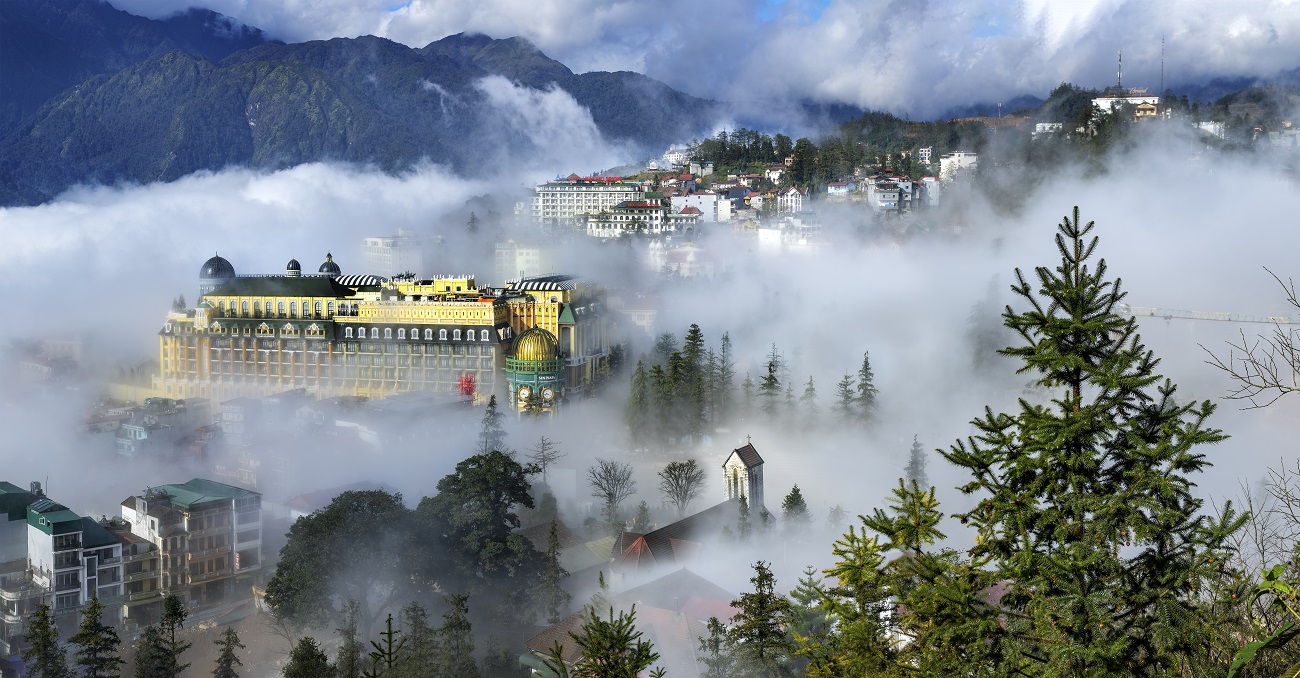
A series of unique tourism products give tourists more reasons to "open their wallets" when coming to Sa Pa.
Unique products will make customers "open their wallets"
Dr. Nuno F. Ribeiro, Senior Vice President of Tourism and Hospitality Management, RMIT University Vietnam, in a tourism conference organized by Dau Tu Newspaper in March, commented that most tourists are not just looking for a trip but an experience. The richer and more quality the experience, the more interested tourists will be, wanting to come back to explore more and not hesitate to "open their wallets".
Sa Pa is a typical example. Before 2015, tourists coming to Sa Pa could only stay for 3 days and then… run out of places to go. The foggy town at that time only attracted couples who wanted a quiet, romantic vacation in homestays, or Western backpackers who wanted to explore the strange local culture of the Northwestern villages.
On average, each tourist spent only about 800,000 VND when coming to Sa Pa in 2010. This number increased to 2.9 million VND in 2019, when Sa Pa managed to attract big investors like Sun Group, creating products and experiences that are constantly attractive to tourists. These include the cable car line that holds two world records, the Sun World Fansipan Legend cultural tourism complex, the longest Muong Hoa mountain train in Vietnam, or Hotel de la Coupole - Mgallery (the first international 5-star hotel in Sa Pa), along with many festivals and events imbued with the identity of the highlands such as the art show "Dance on the Clouds", the "Horse Hoofs on the Clouds" race, the Northwest Flower Panpipe Festival, the Rhododendron Flower Festival, etc.
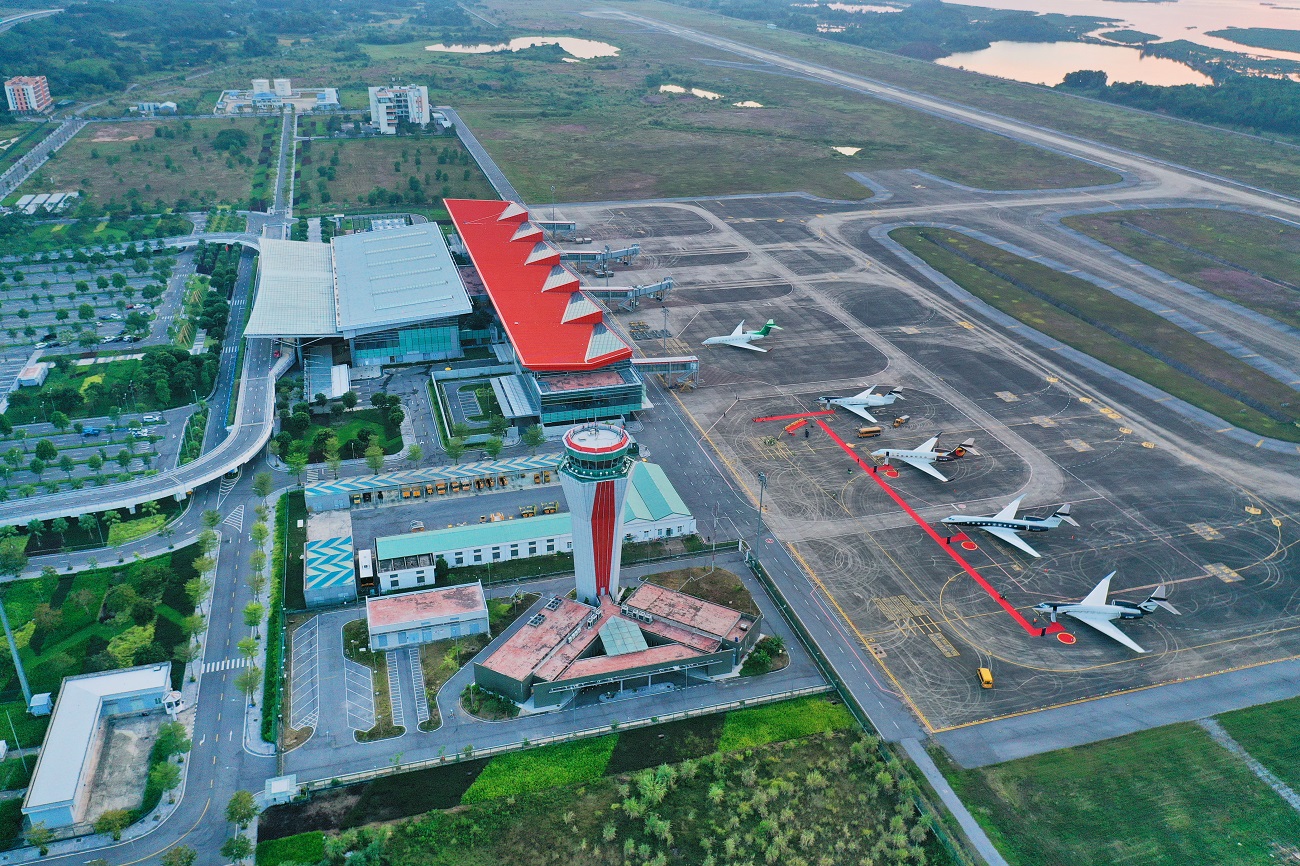
Van Don International Airport invested by Sun Group in Quang Ninh
Mr. Ha Van Thang, Director of Lao Cai Department of Tourism, commented: “This is a series of products and projects with close connections, from majestic spiritual works on high mountains, cable cars, mountain trains to Hotel de la Coupole accommodation or cultural products that are all very classy, recognized and loved by tourists. They are invested synchronously, creating special tourism products for Sa Pa”.
Another destination in the North that has also “surpassed itself” in order not to rest on the halo of world heritage is Quang Ninh. In 2019, the total number of tourists to Quang Ninh reached over 14 million, an increase of 3 times compared to 2009. Revenue also increased by 10.5 times, reaching nearly 29,500 billion VND.
The above results are thanks to the fact that Quang Ninh tourism has really changed, with a synchronous transportation system of air, water, and road, and many high-class entertainment and resort projects. The participation in investing in creating diverse and rich tourism products by large corporations such as Sun Group, Vingroup, etc. is the core factor creating momentum for Quang Ninh tourism.
Each destination will have different natural, cultural and historical potential. However, that is only a necessary factor. In the process of tourism development, the sufficient factor for localities to be able to extract every last penny from tourists' pockets and still make them happy lies in tourism products and services.
Source link


![[Photo] Special supplement of Nhan Dan Newspaper spreads to readers nationwide](https://vstatic.vietnam.vn/vietnam/resource/IMAGE/2025/4/28/0d87e85f00bc48c1b2172e568c679017)
![[Photo] Signing ceremony of cooperation and document exchange between Vietnam and Japan](https://vstatic.vietnam.vn/vietnam/resource/IMAGE/2025/4/28/e069929395524fa081768b99bac43467)
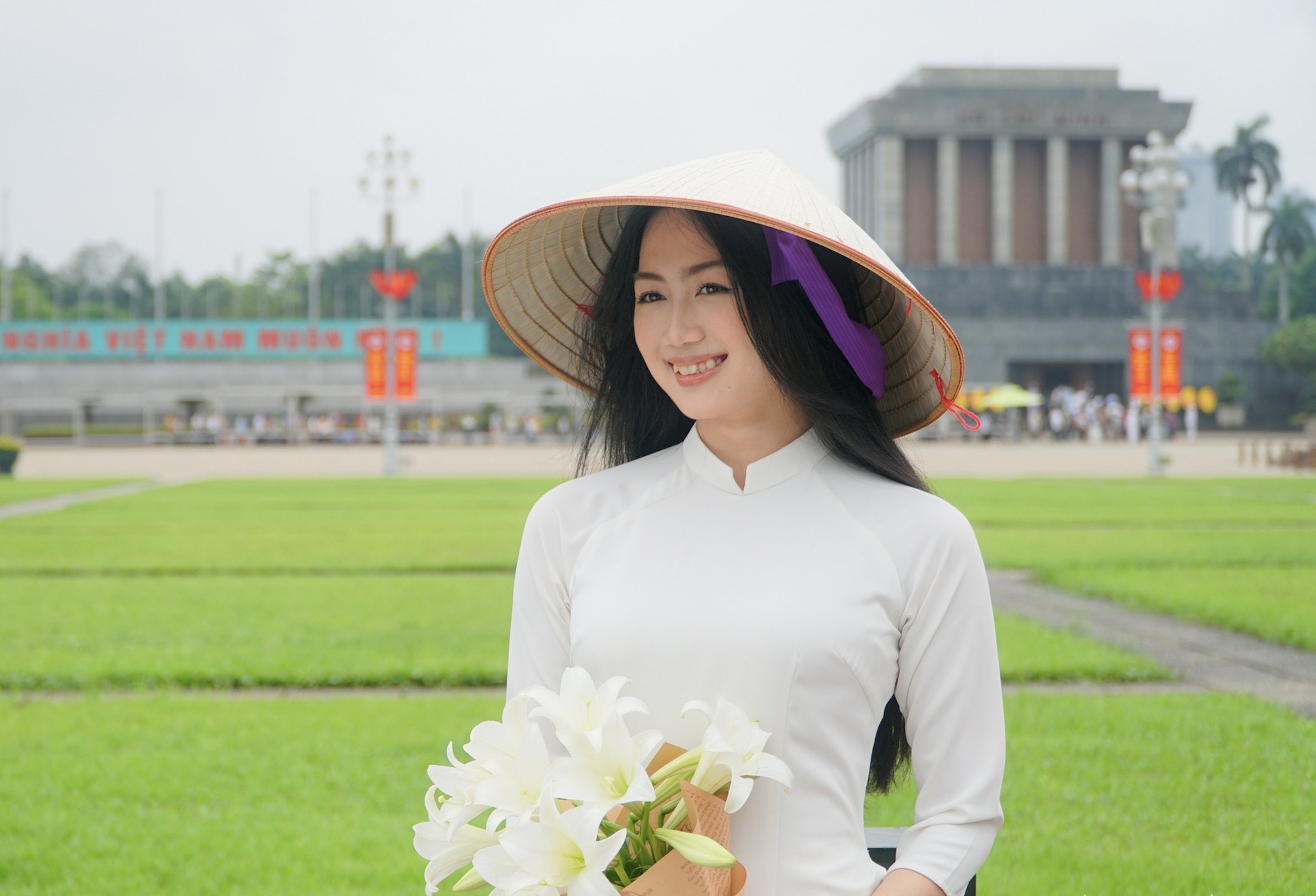
![[Photo] Prime Minister Pham Minh Chinh receives Cambodian Minister of Commerce](https://vstatic.vietnam.vn/vietnam/resource/IMAGE/2025/4/28/be7f31fb29aa453d906df179a51c14f7)
![[Photo] A long line of young people in front of Nhan Dan Newspaper, recalling memories of the day the country was reunified](https://vstatic.vietnam.vn/vietnam/resource/IMAGE/2025/4/28/4709cea2becb4f13aaa0b2abb476bcea)
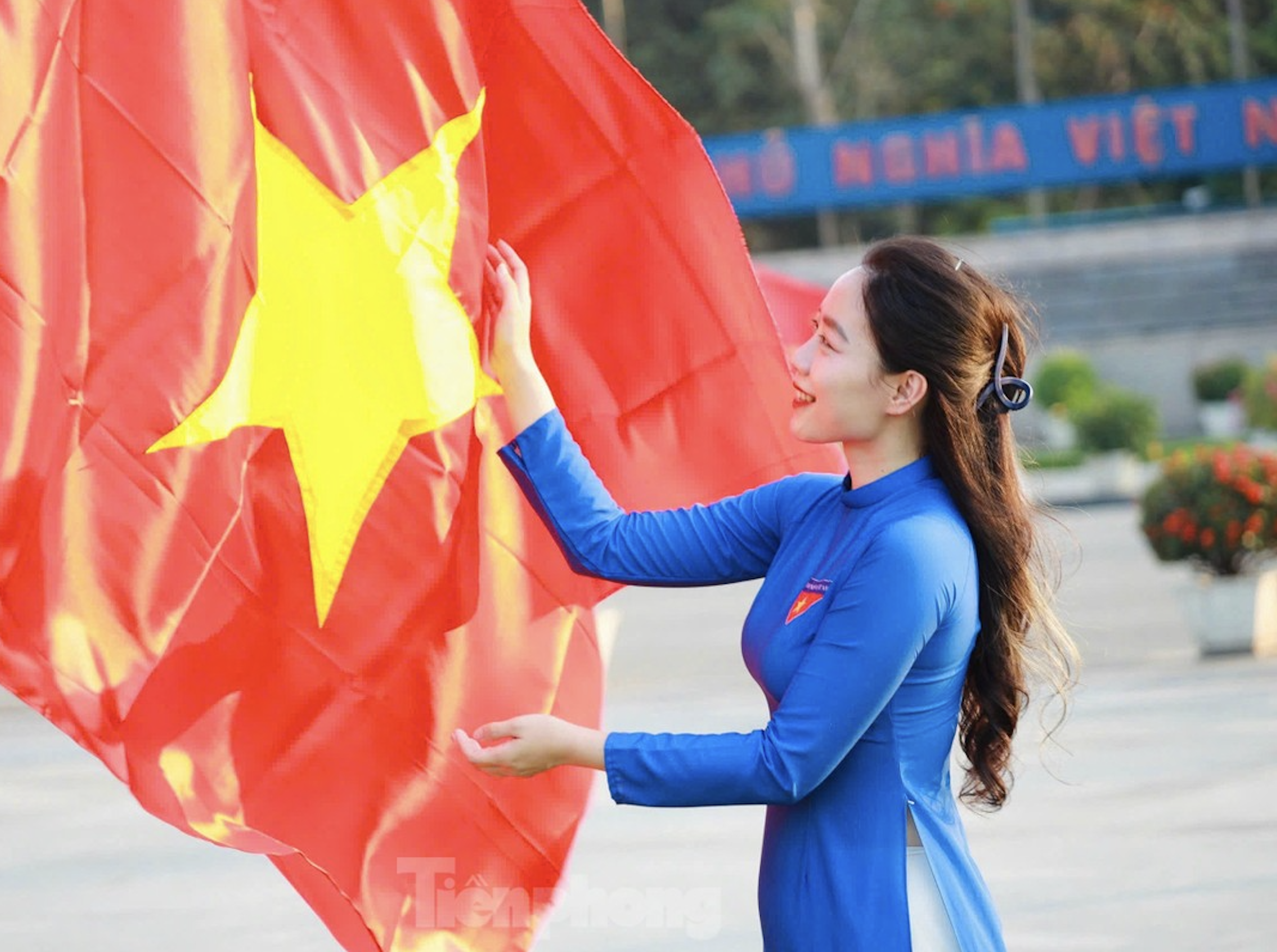

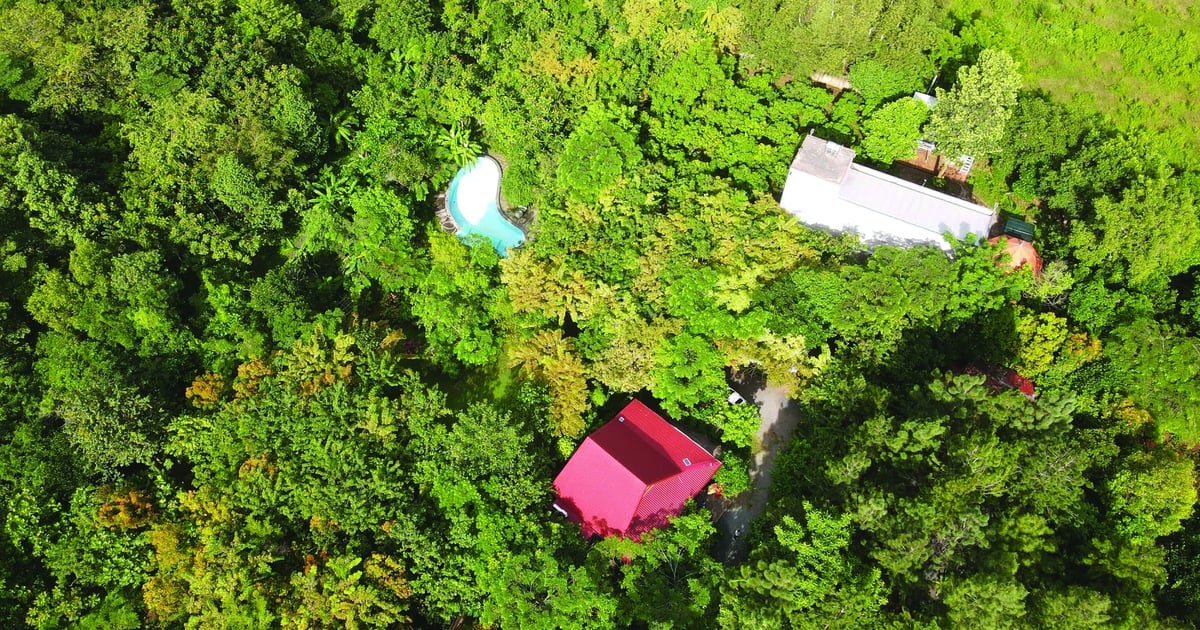
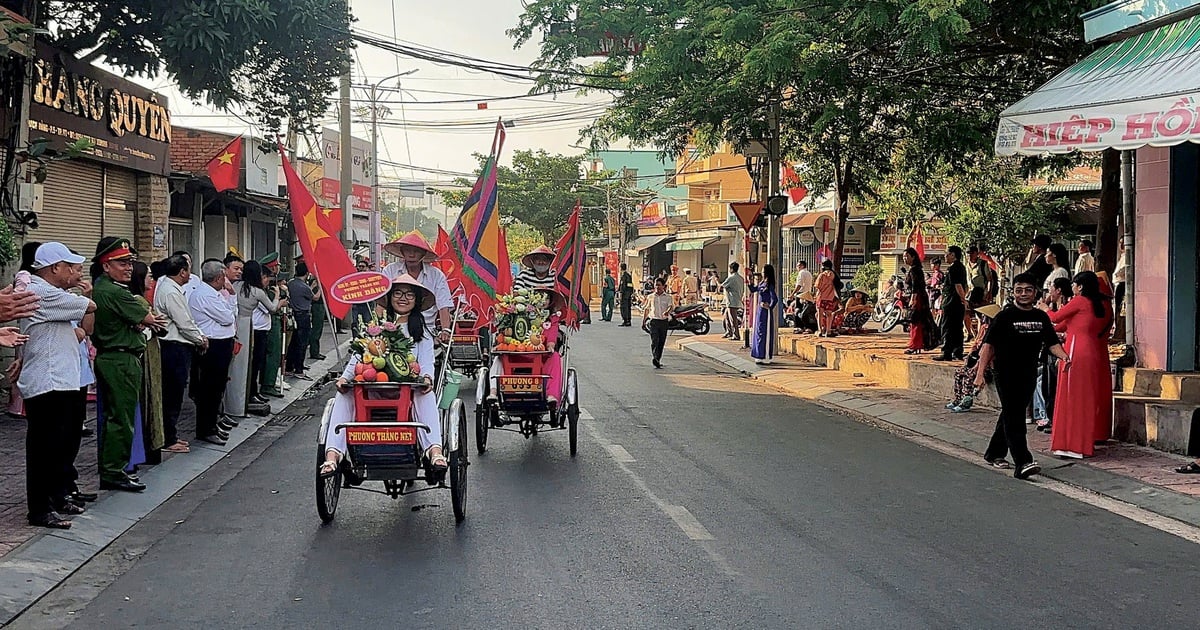
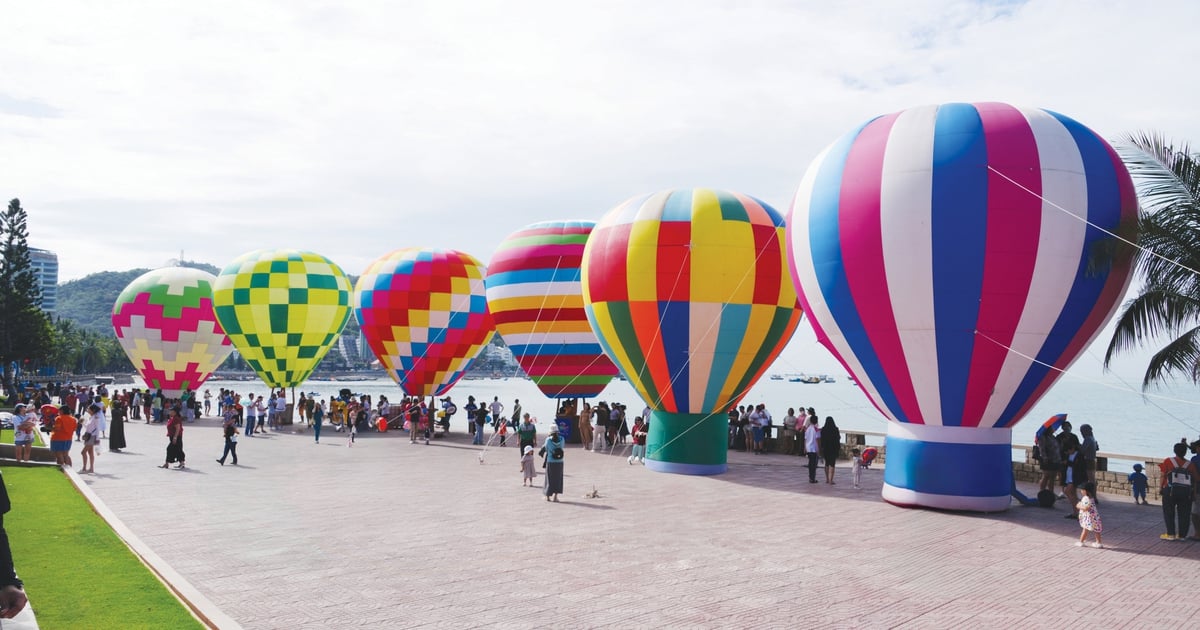


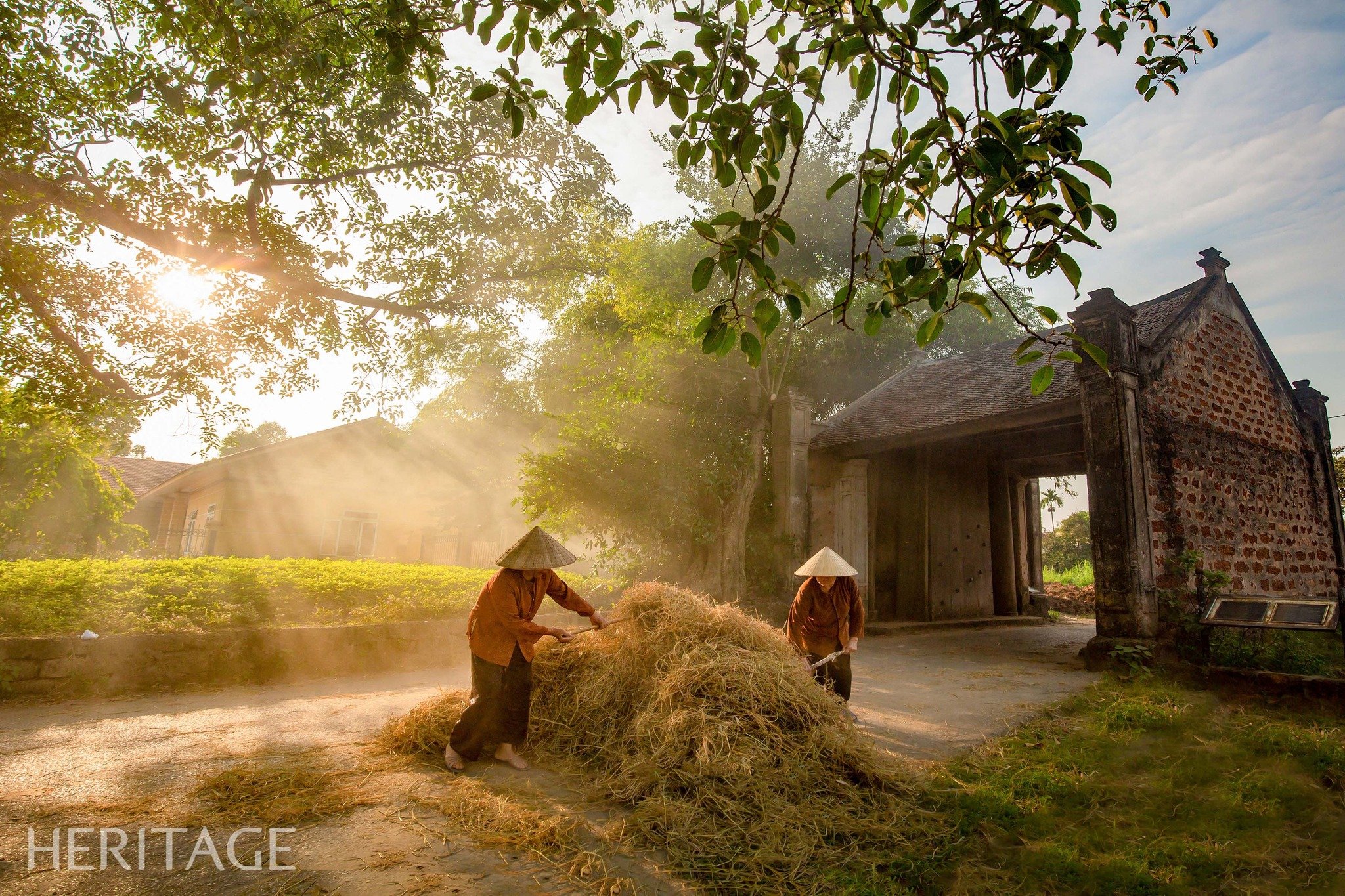

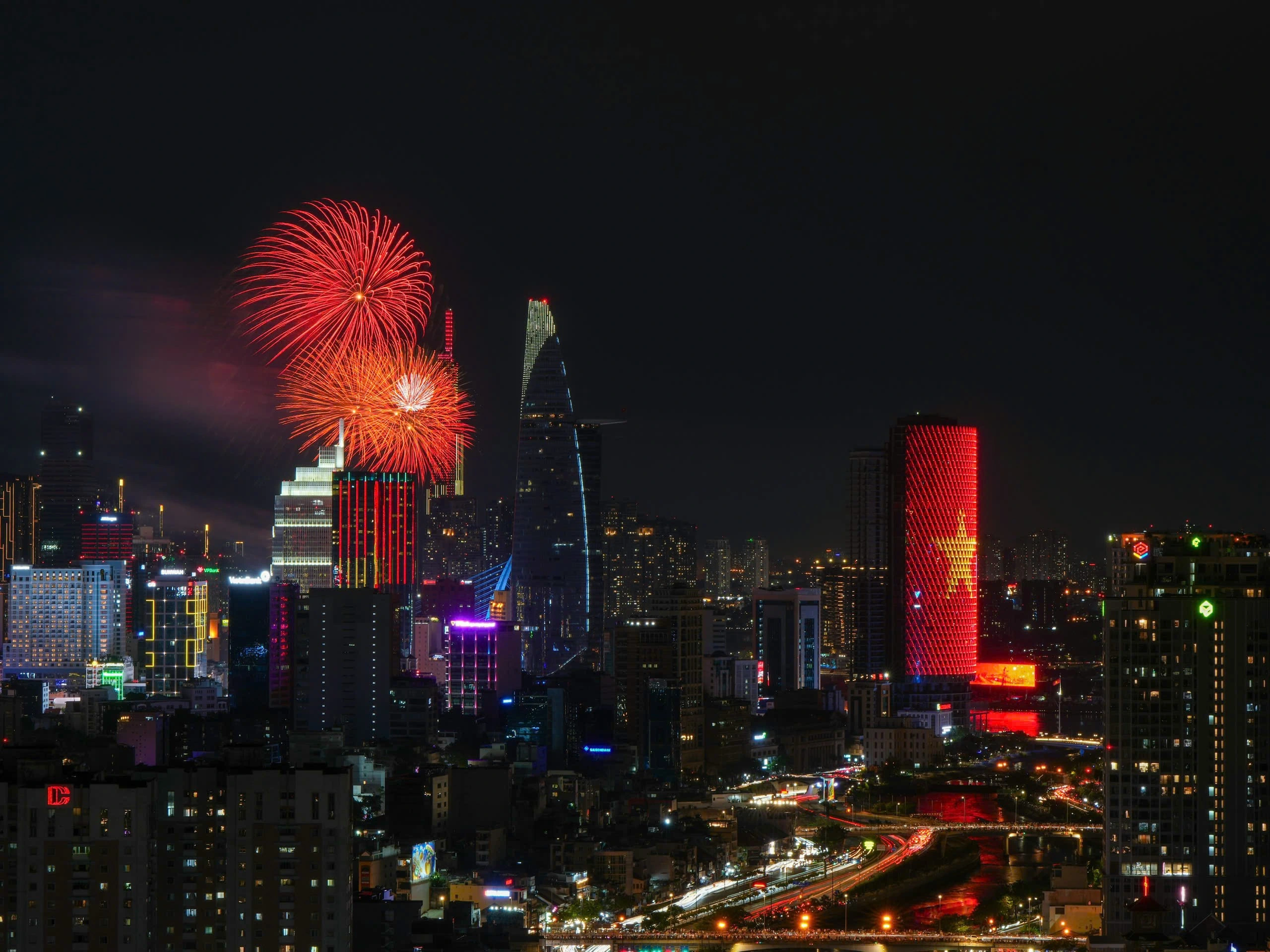
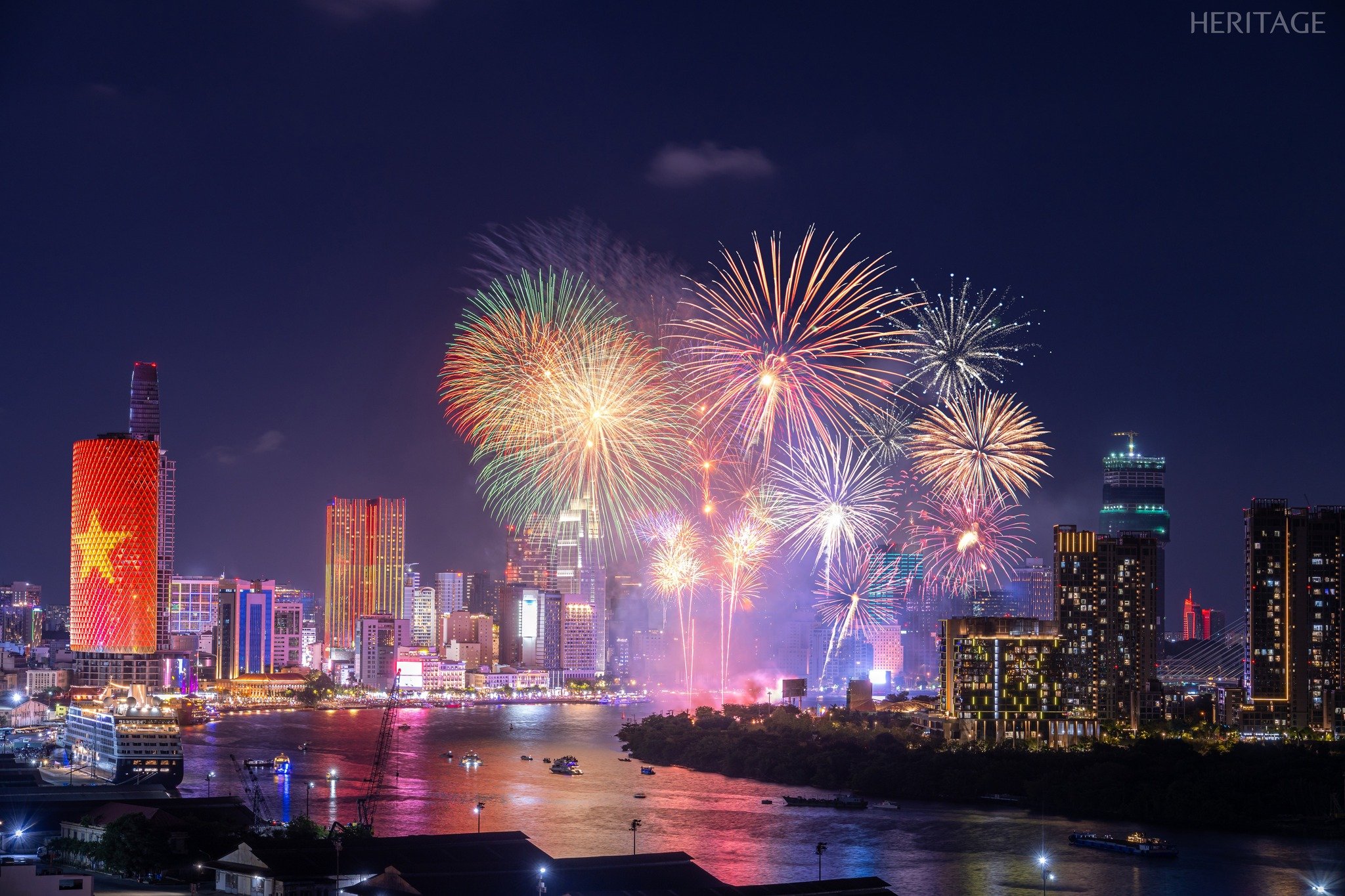


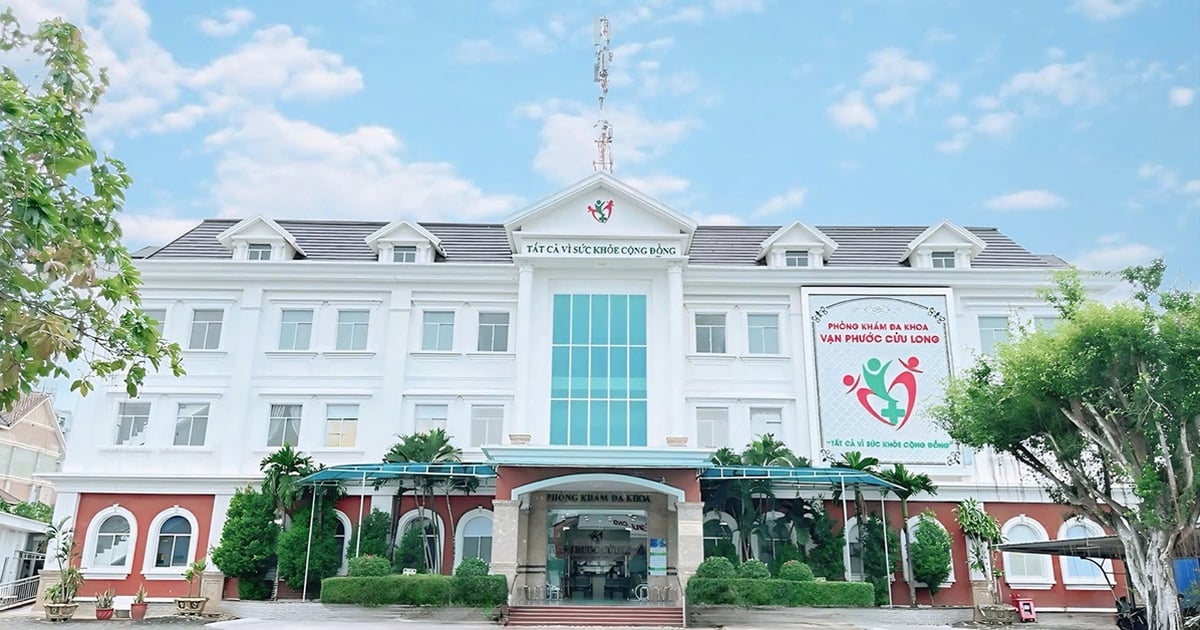
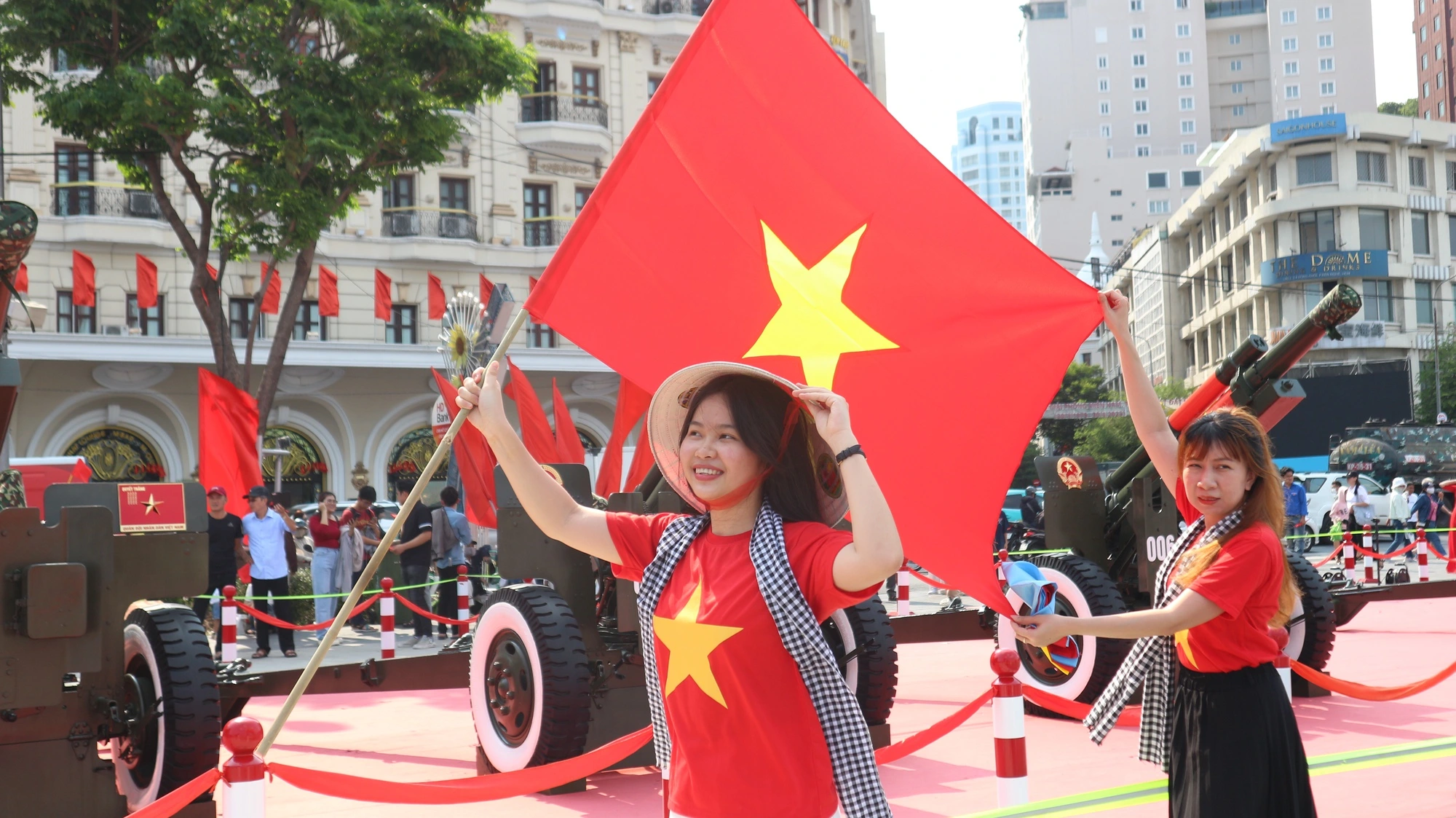


![[Photo] People lined up in the rain, eagerly receiving the special supplement of Nhan Dan Newspaper](https://vstatic.vietnam.vn/vietnam/resource/IMAGE/2025/4/28/ce2015509f6c468d9d38a86096987f23)
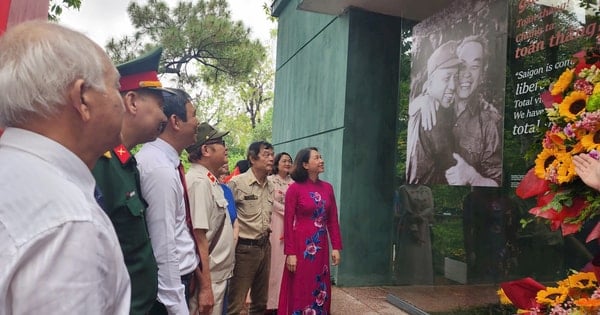

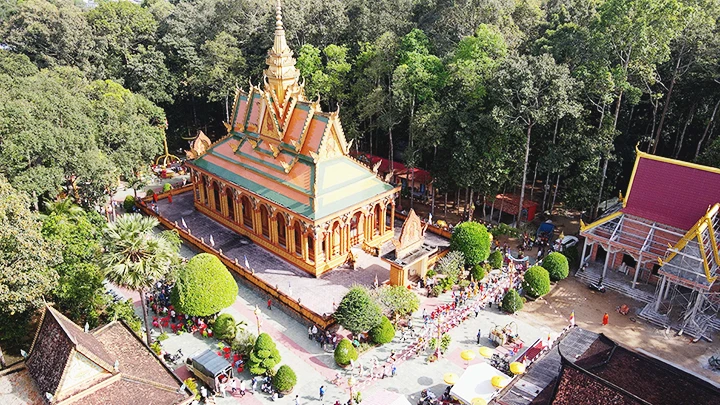

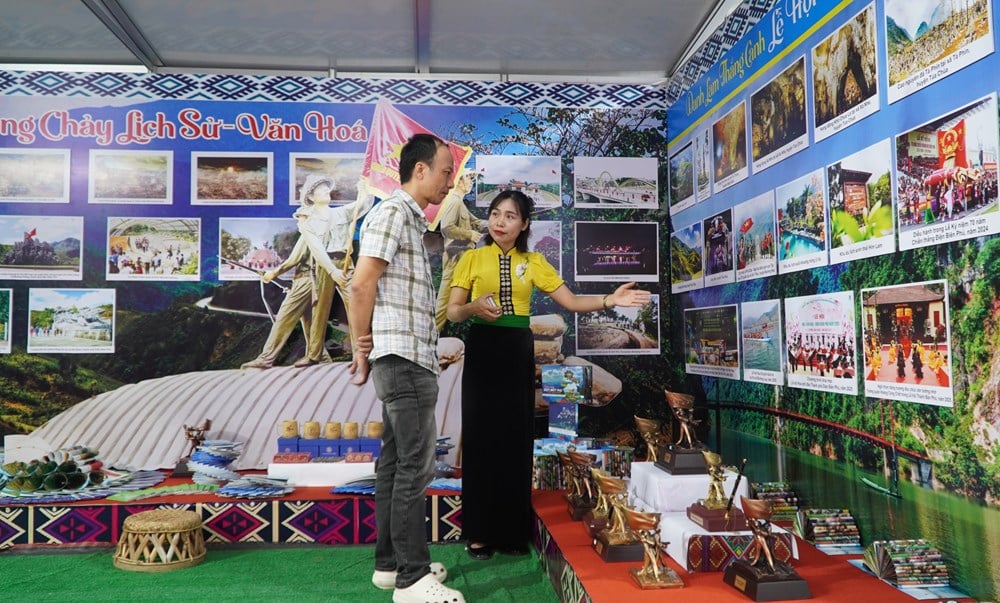

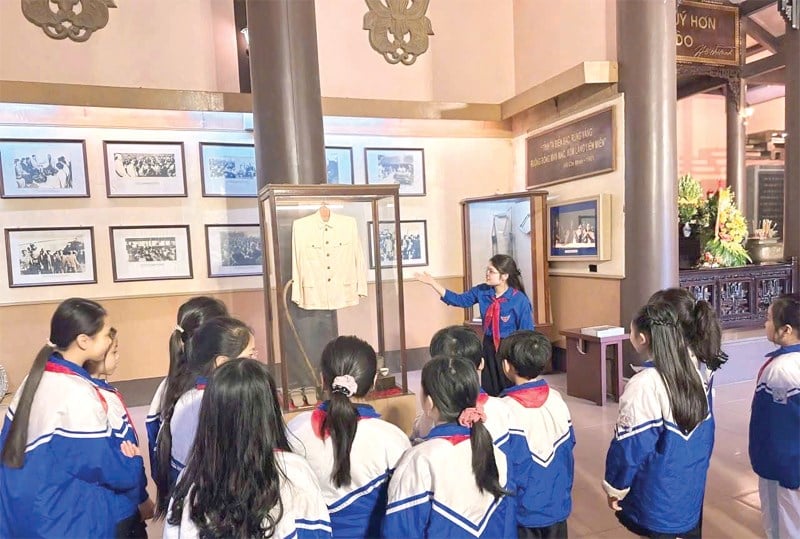
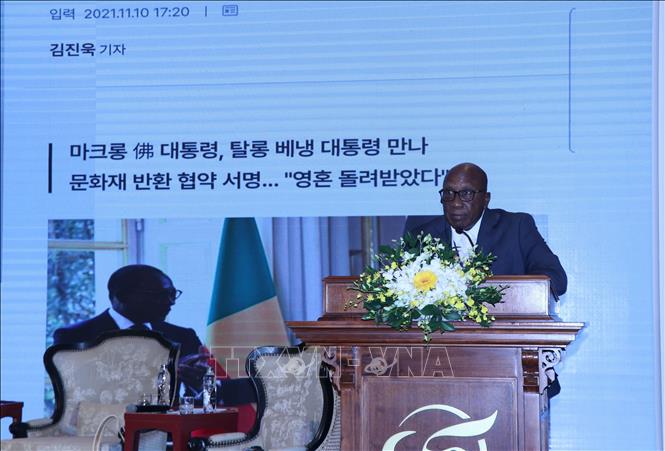

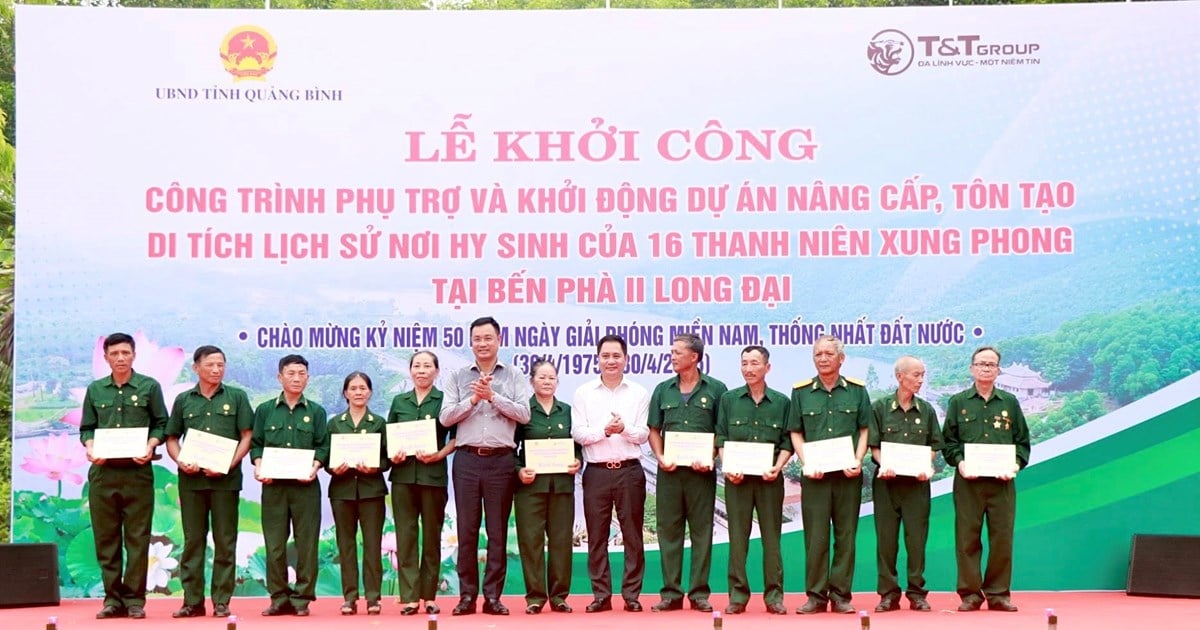


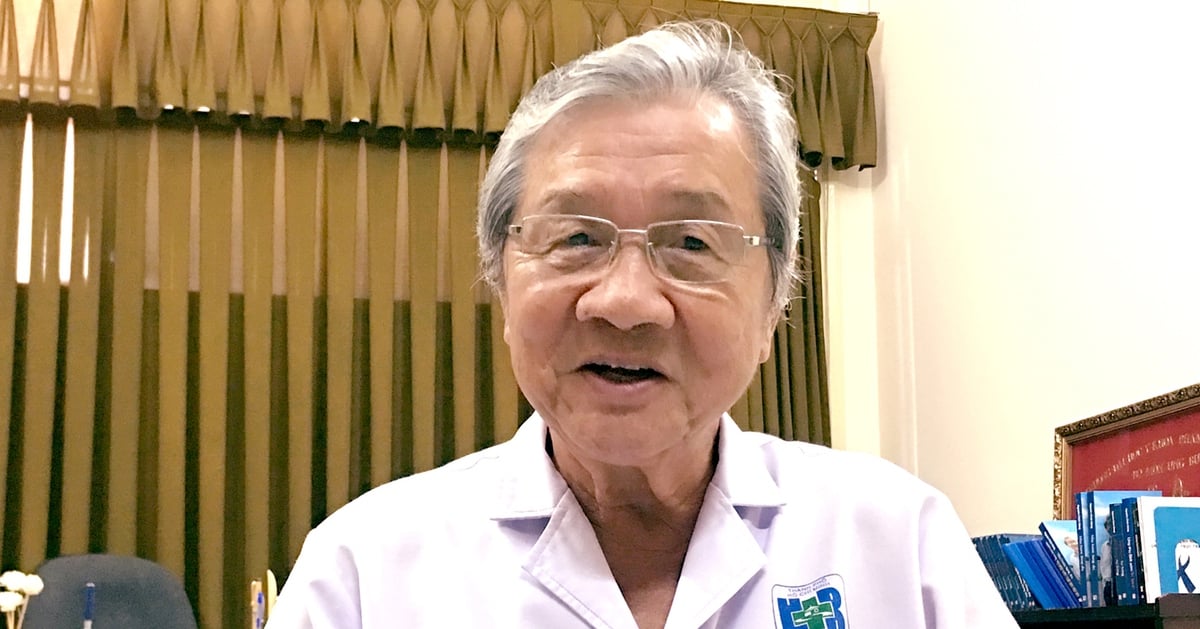



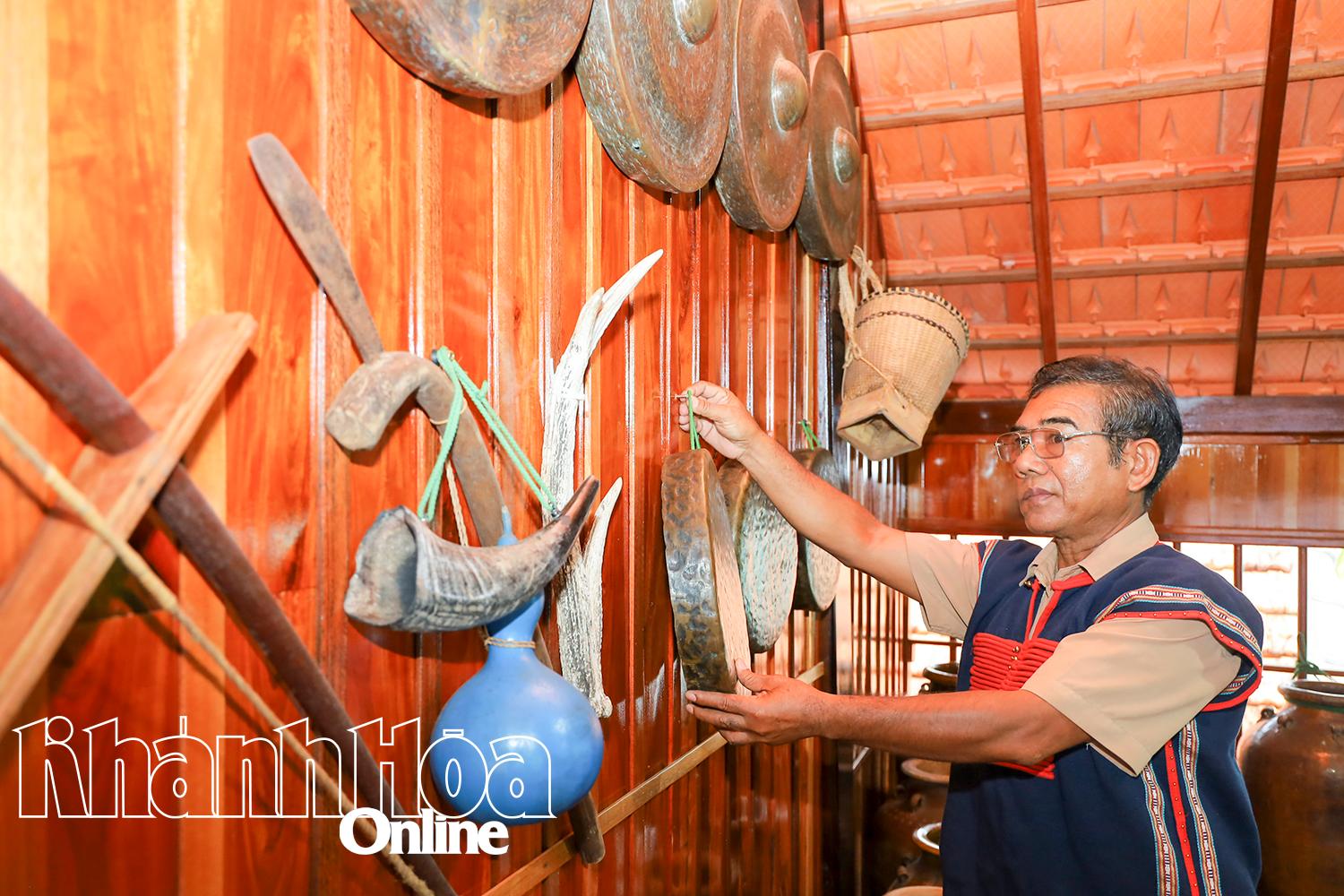





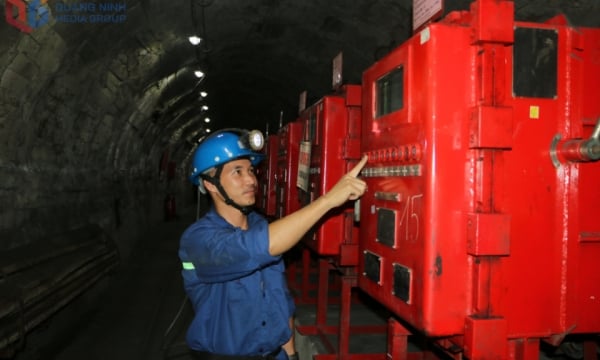



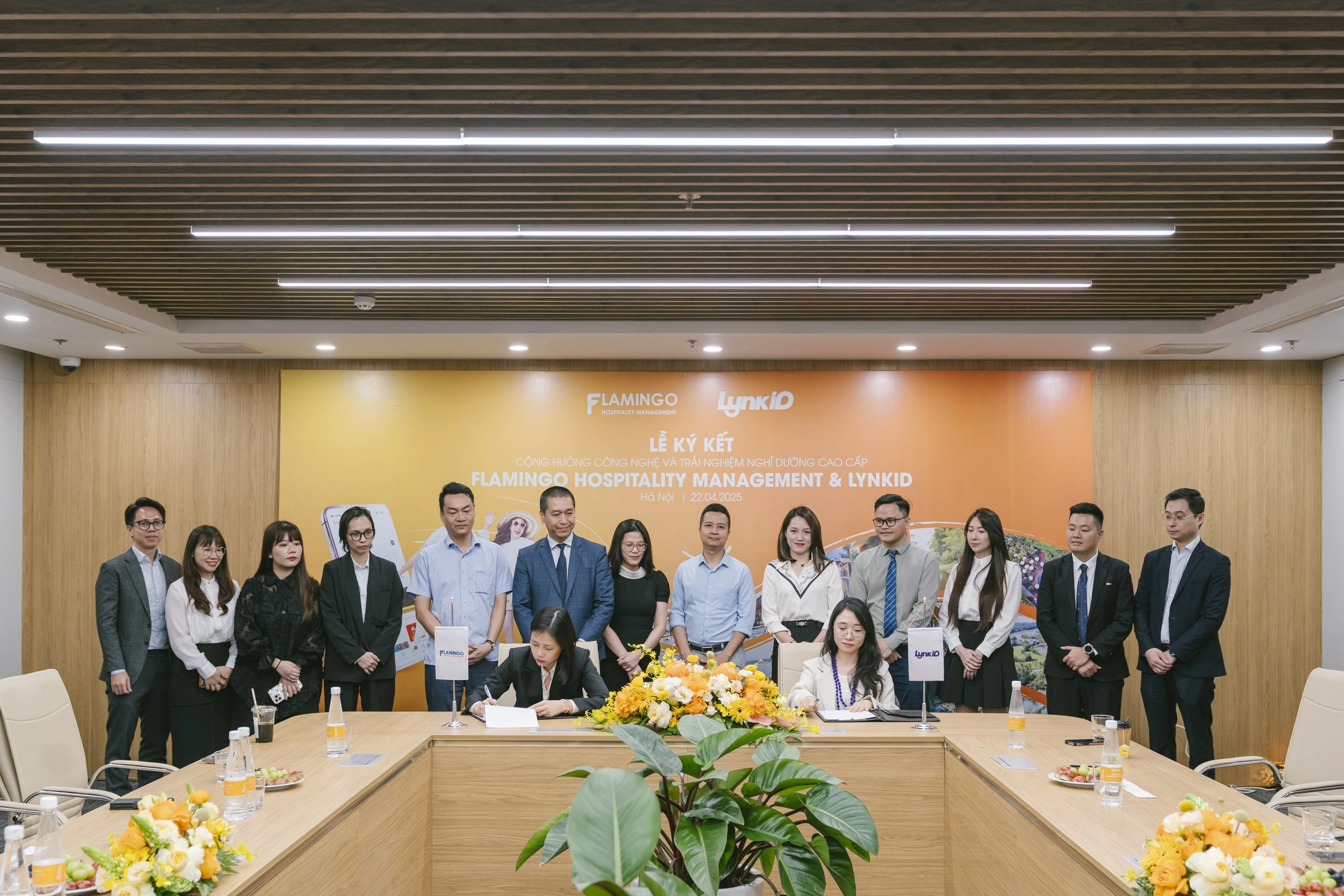
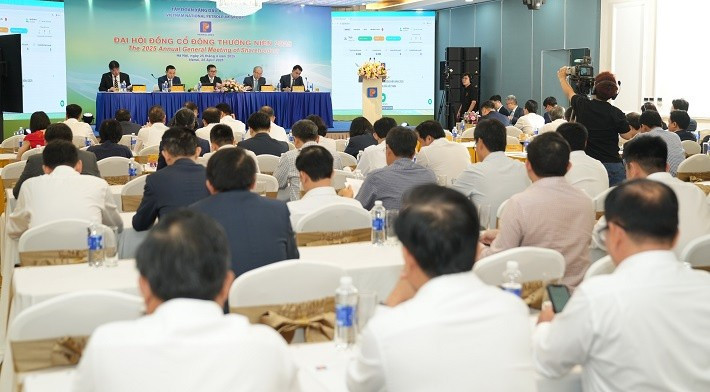







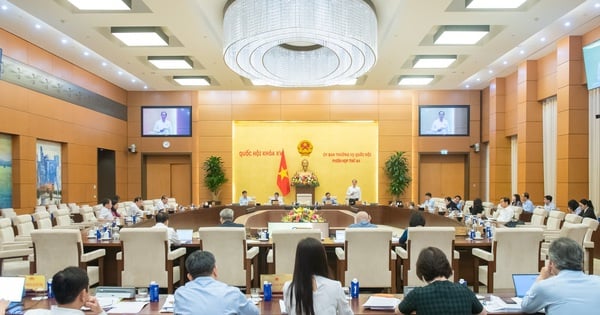

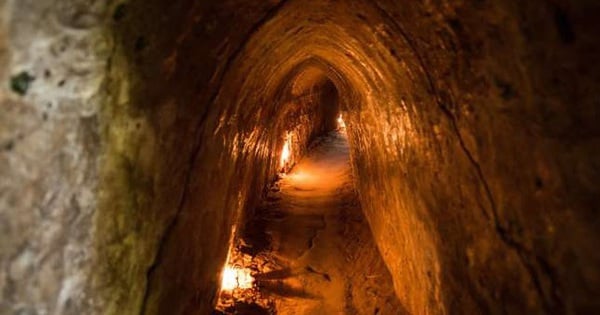



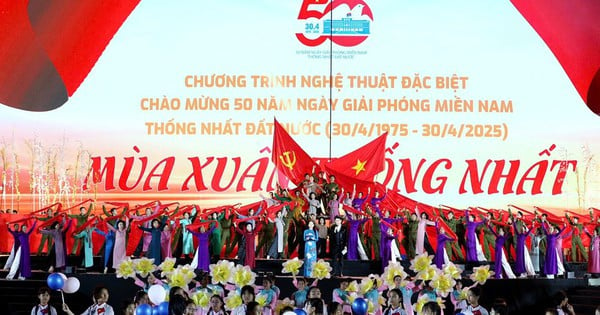

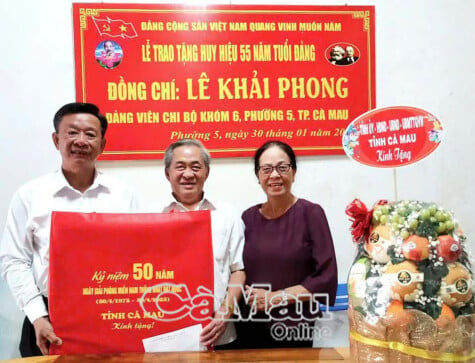

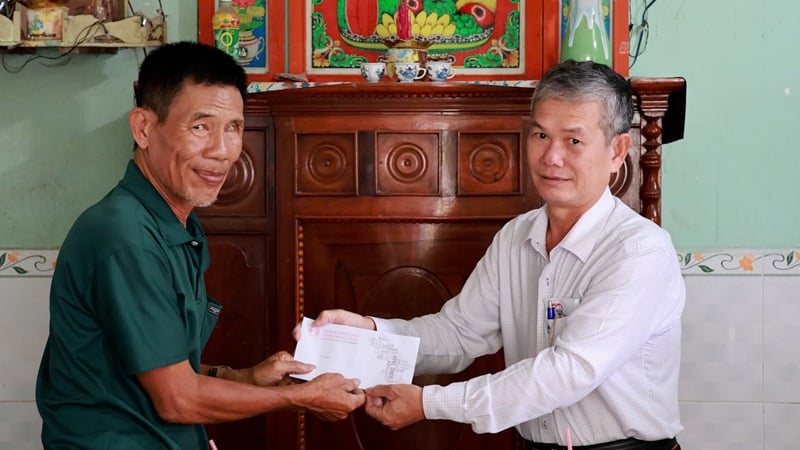
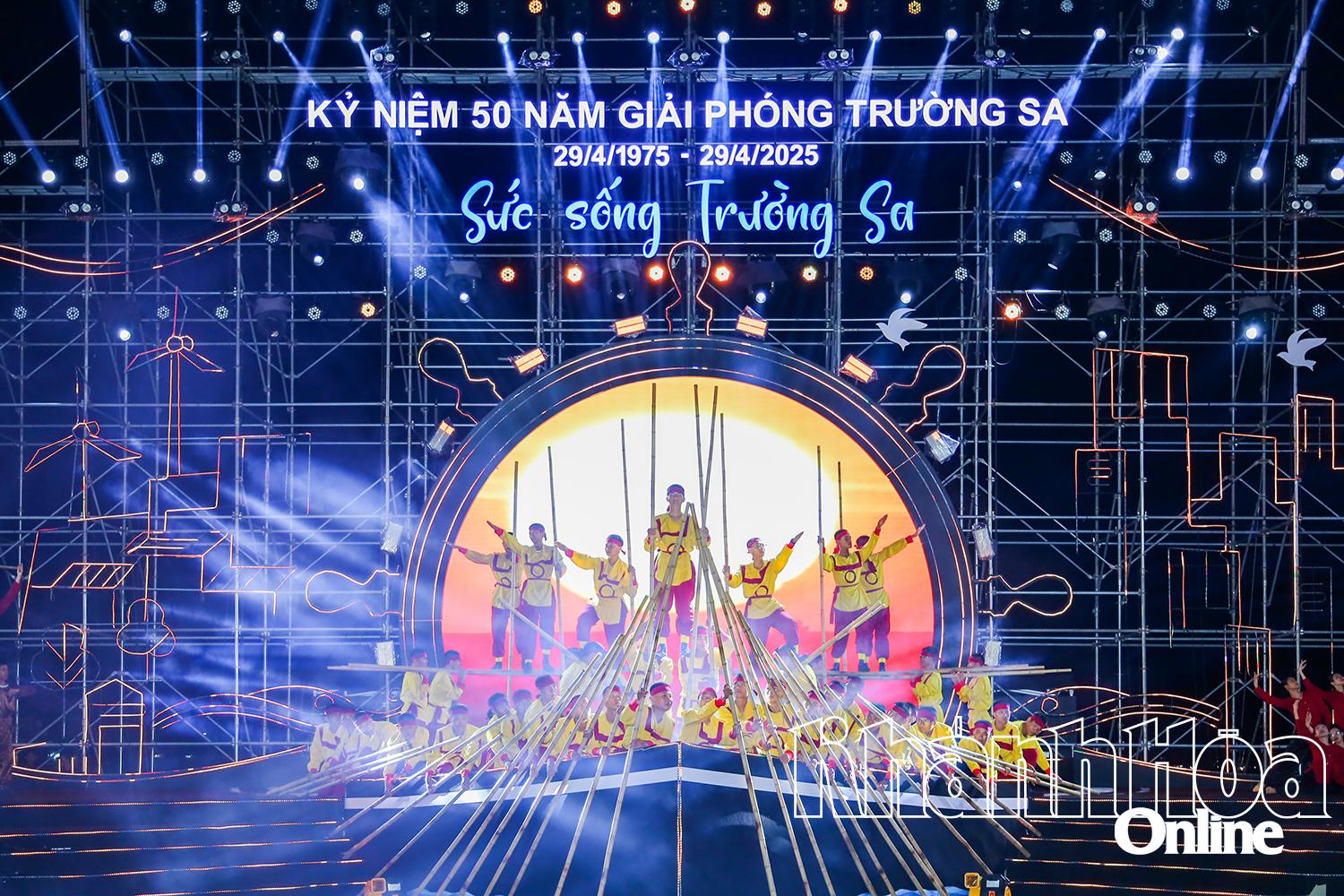
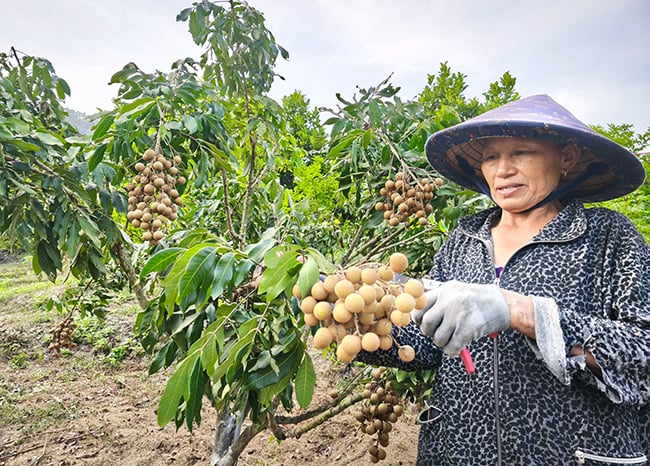
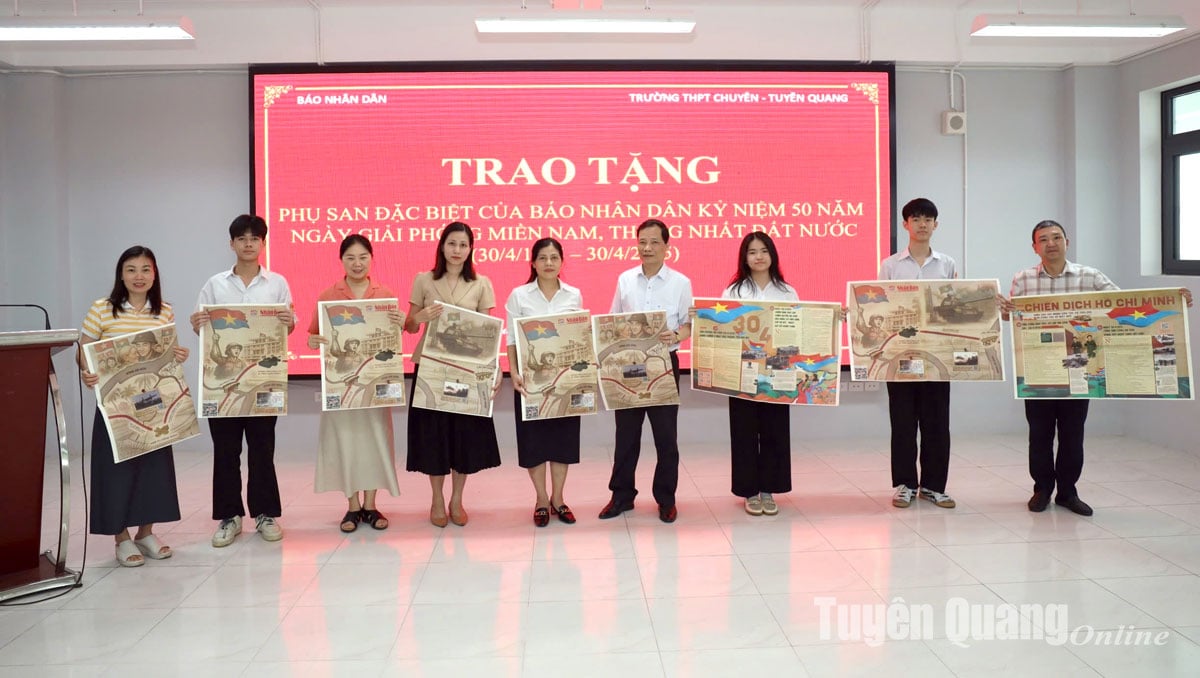





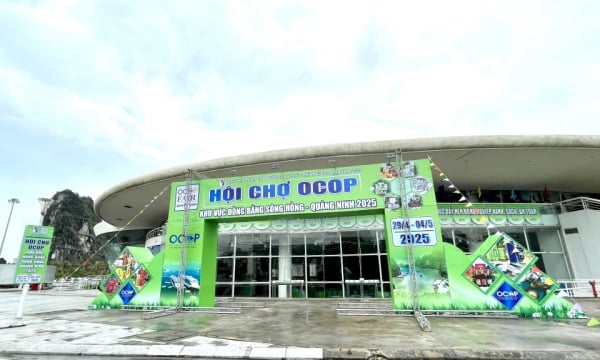
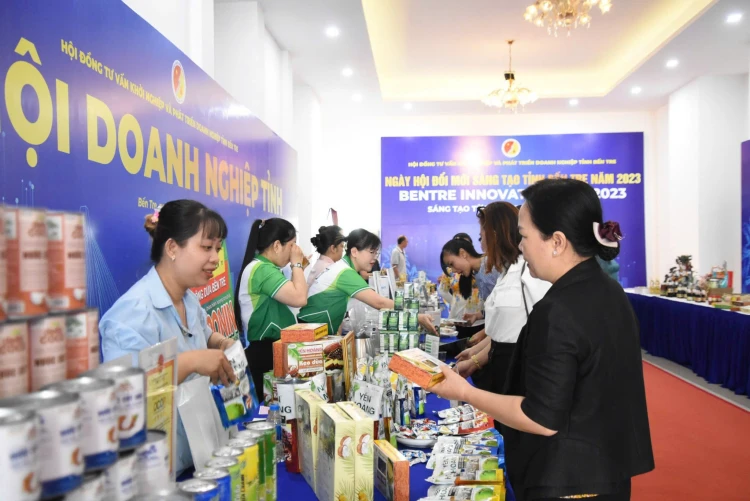





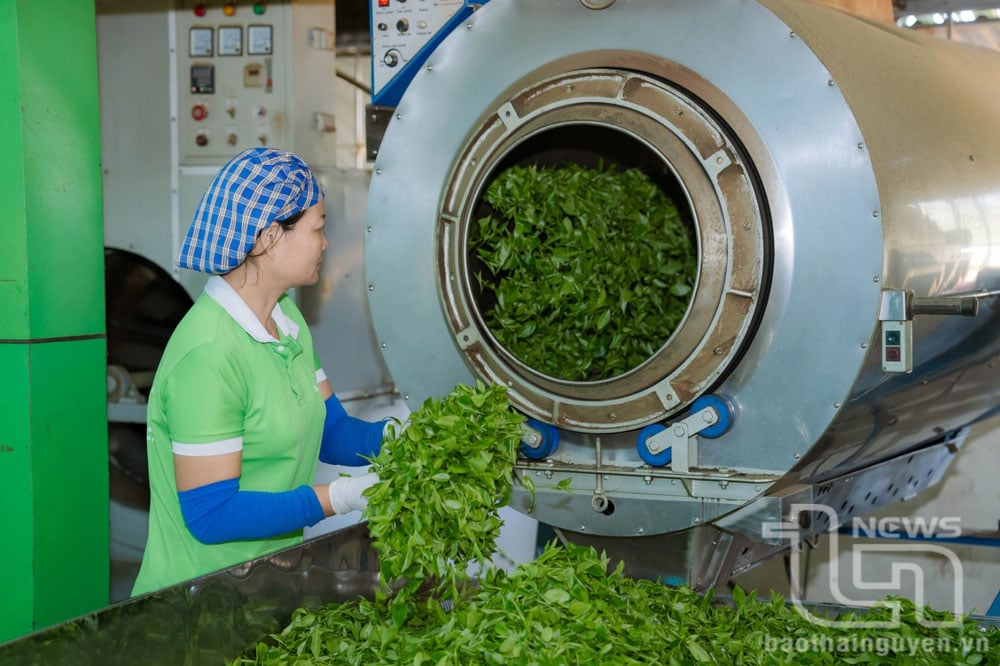

Comment (0)